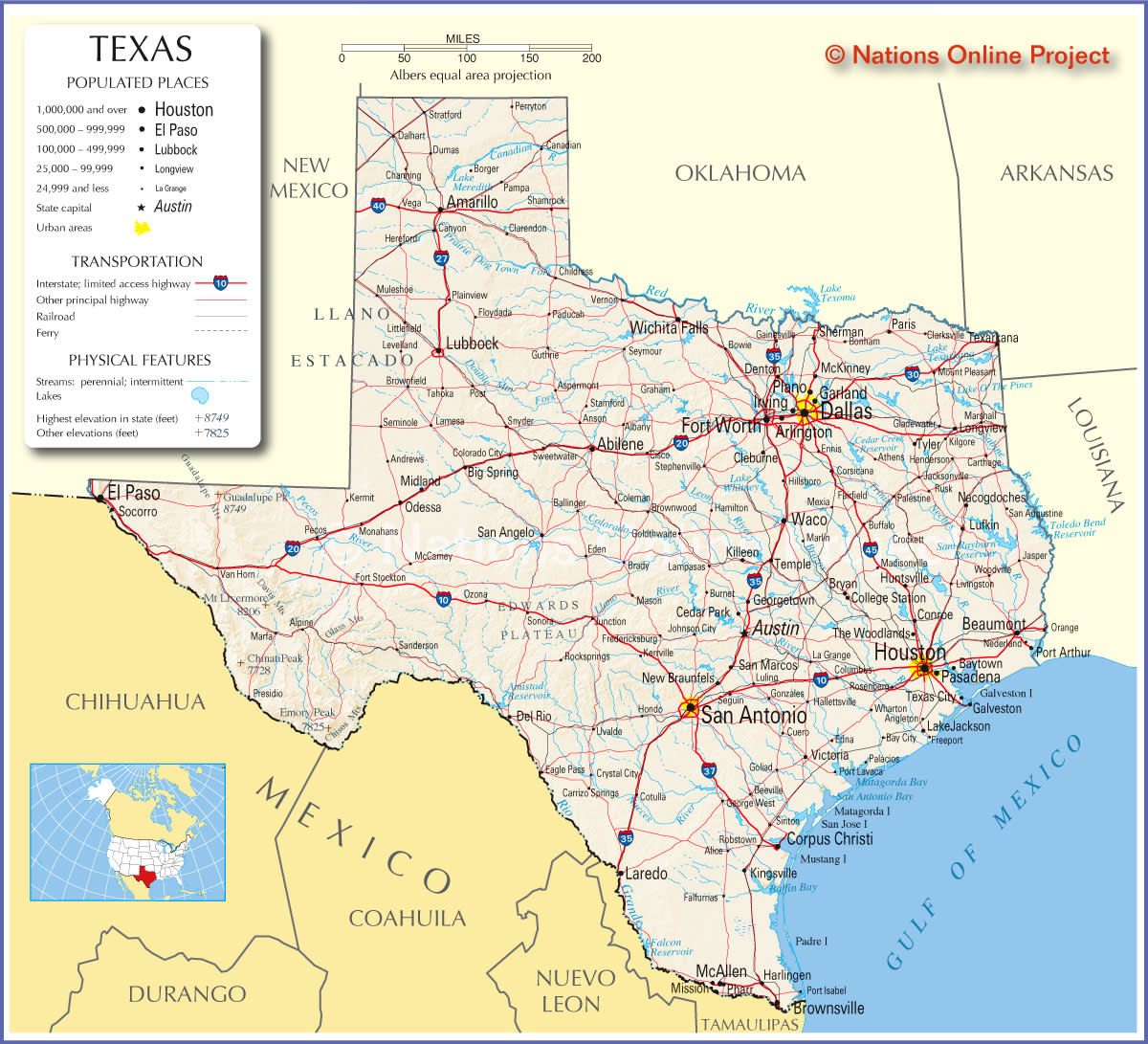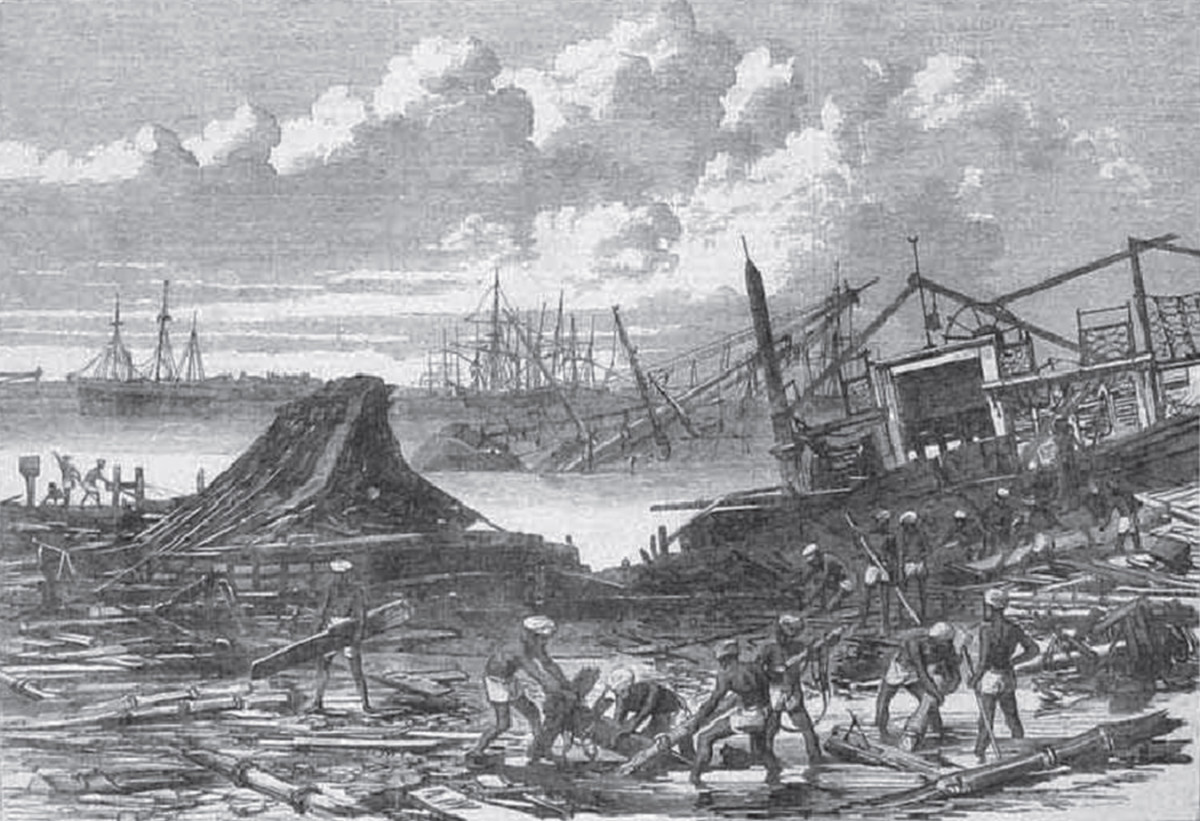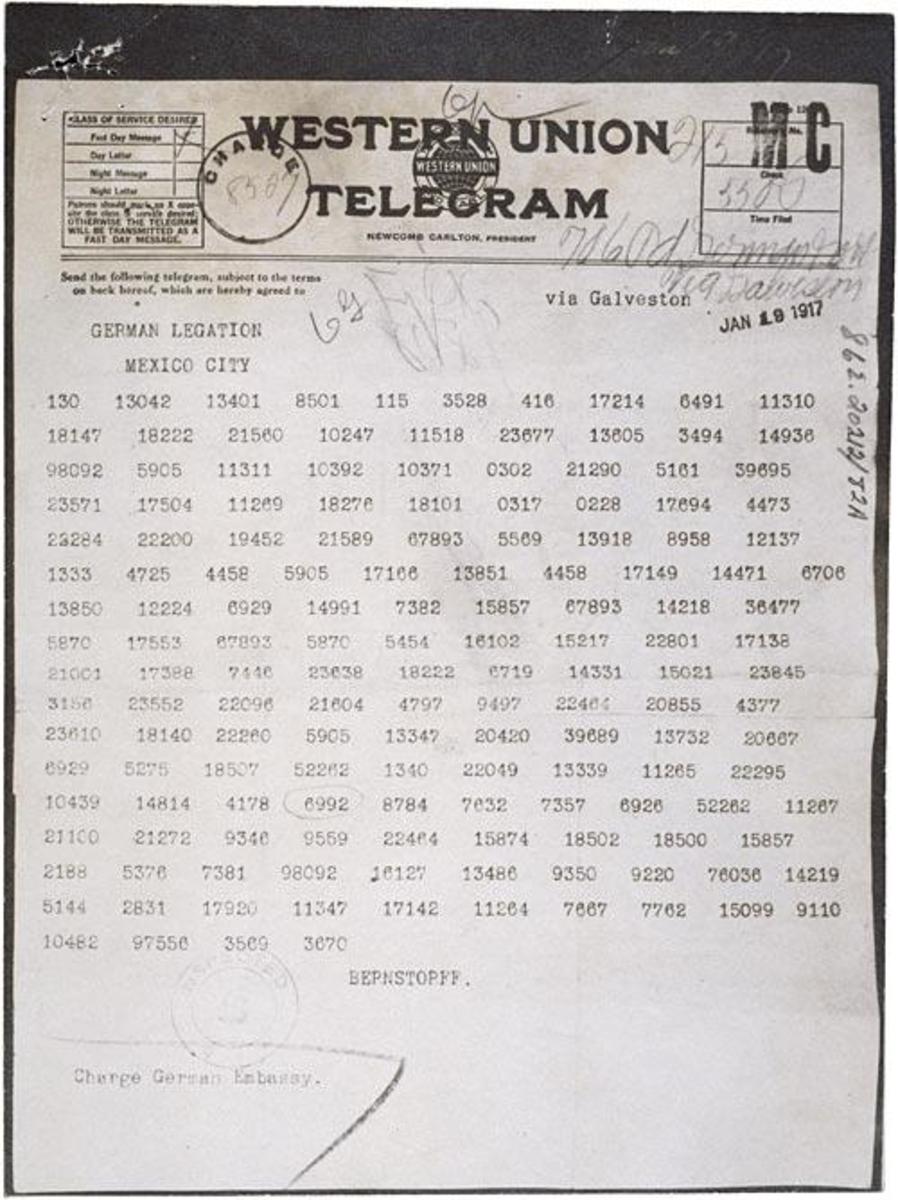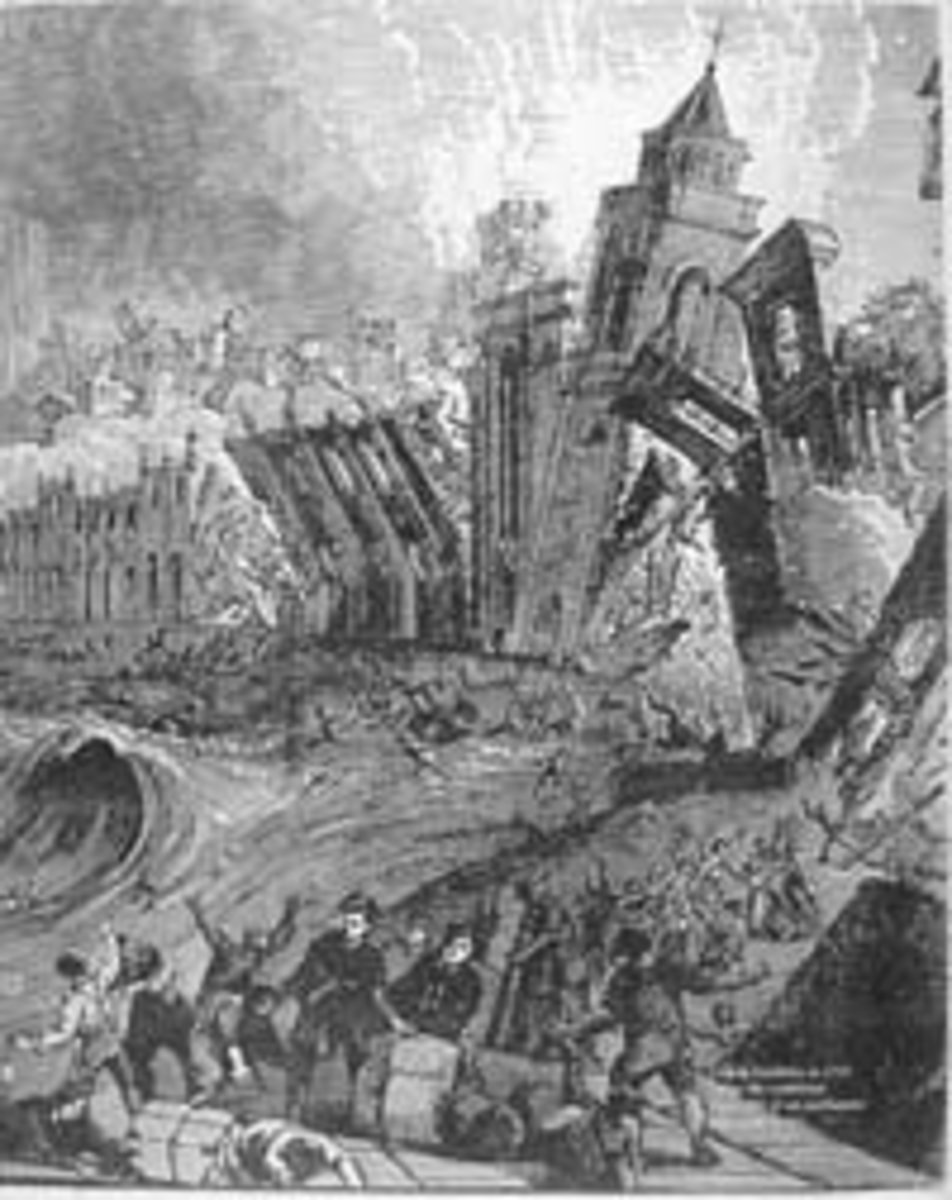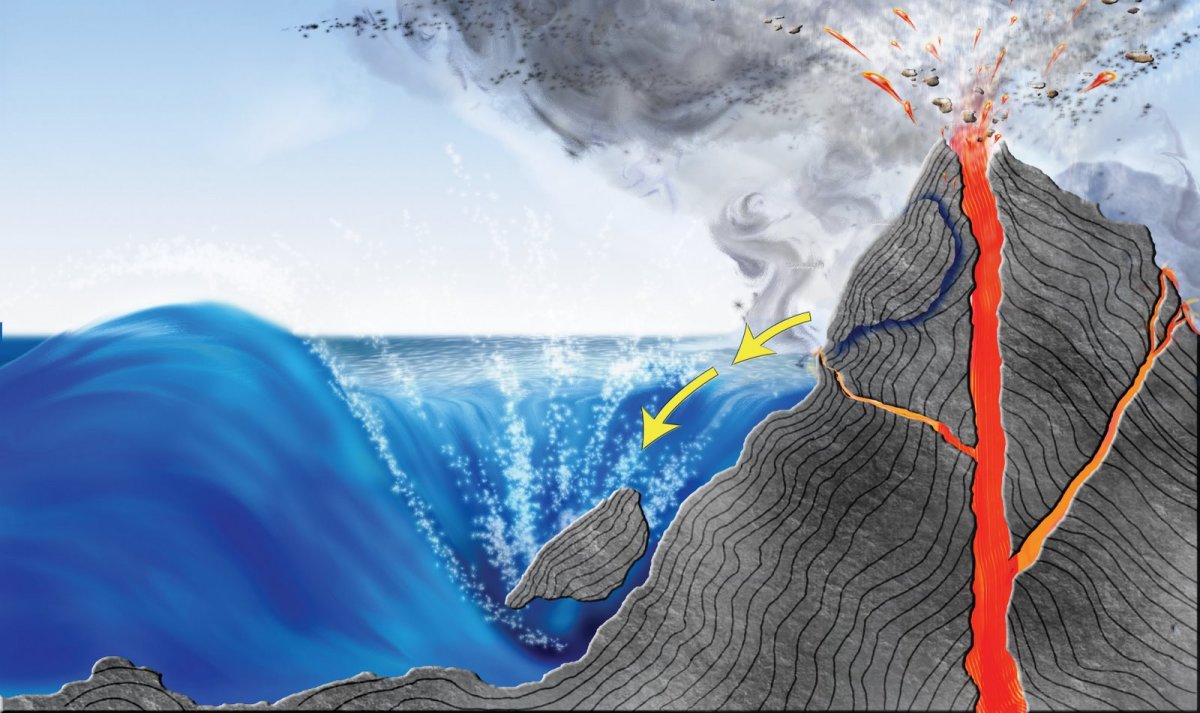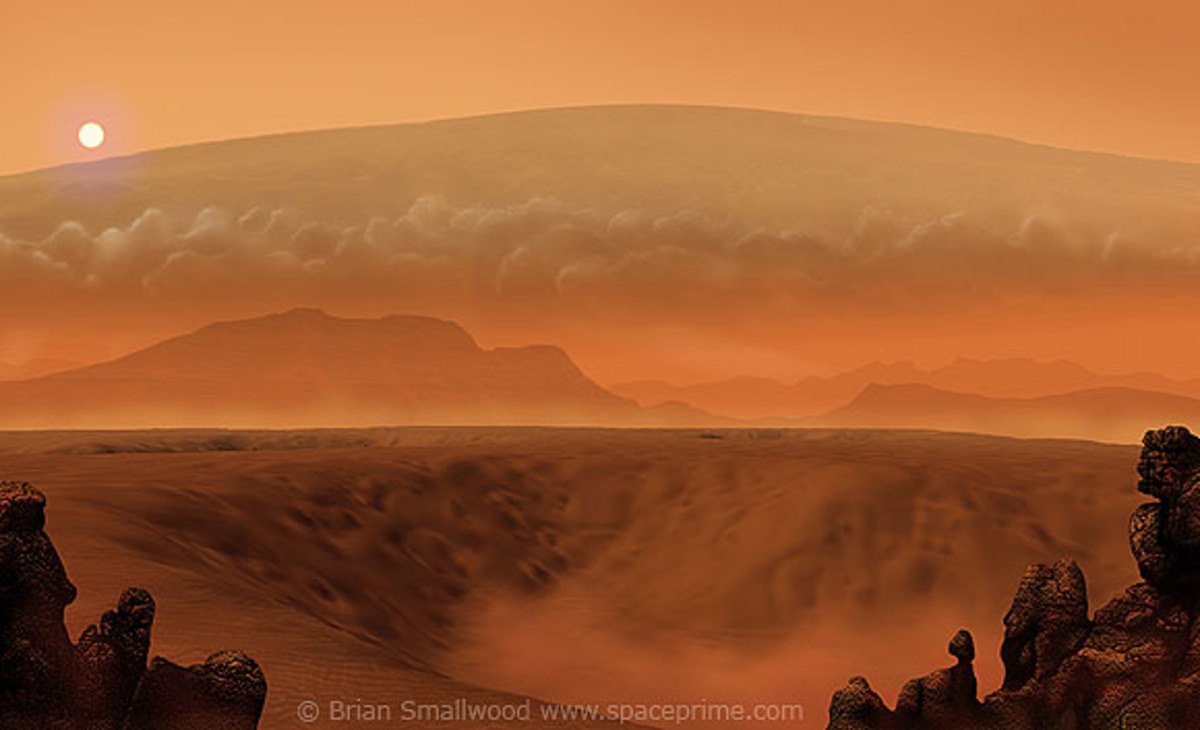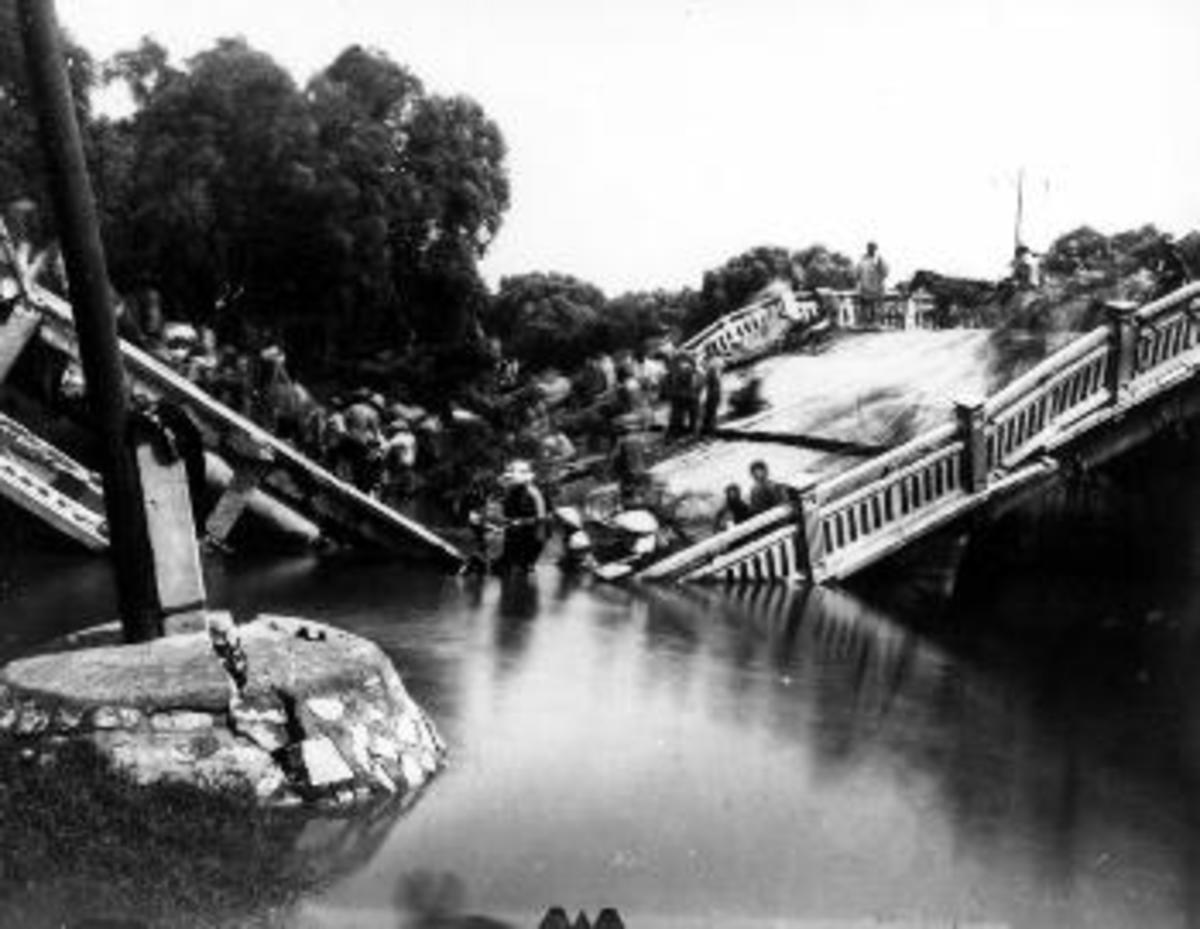Surviving an Earthquake: Dubbed a "Miracle."
A Tale of Two Cities after Earthquakes.
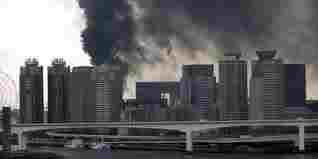
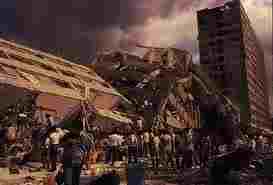
A Mother's Love from beyond the grave...
Lydia, apparently, was a normal, healthy teenager. Her school grades were a little above average; she enjoyed sports and related well to teachers and her peers. In fact, there would hardly be a story here if Lydia's very existence was not due to tragedy mixed with such good fortune that is hard to explain without using the word "miracle."
Here, then, is Lydia's Story...
"The year was 1985 and it was precisely 7:18 AM on September 19. At this moment in time, Lydia knew little of the world: its joys and woes. She must have been feeling that first overwhelming panic we all feel when we are wrenched from the safety of the womb by the constricting spasms of our mother as she struggles to bring us into the world. Life up until this moment had meant nothing, except comfort, security, warmth and almost total darkness. After just over nine months, all that was coming to an end. Lydia must have flinched as hands gripped her by the shoulders and helped ease her forth; she probably shivered as the cooler air evaporated the last of the warm, amniotic fluids from her heated body. And she was probably drawing her first real breath into releasing a terrified wail of outraged indignation. But all we know of Lydia's beginning was she was being born at the National Medical Centre in Mexico City.
Meanwhile, 12 miles beneath the surface of our world, and 300 miles north of Acapulco, Mother Nature was at the point of creation herself. For 25 million years, a huge mass of oceanic tectonic plate, the Cocos Plate, had been driving inexorably east, a few inches per year, building up unimaginable stress forces against another mighty subterranean plate, the American Plate, which, among other functions, carries the whole of Mexico on its back towards the west.
Along the 1000 mile zone of encounter, the heavier Cocos dove under the American; driven hence into the molten layers of the Earth thousands of miles beneath the surface.
But a mountainous spur of harder material, possibly granite, on the Cocos Plate had impacted solidly into marginally softer material on the American. Over many years, this huge spur had melded and twisted causing immense pressures to be stored.
A fraction of a minute before, with Lydia still only halfway into the world, the titanic struggle between the two opposing forces lined up in the Stygian night miles under the surface finally reached detonation point. Reaching the absolute limit of its elasticity, the intruding granite spur sheared along 200 miles of the contact zone. It then shifted sideways, in two cataclysmic heaves, unleashing a murderous set of circumstances to the people living nearby on the surface.
Geologists grabbed for their recorders as seismic waves more powerful than had ever been seen by most tore through the surface strata towards Mexico City at 15,000 miles per hour. The huge event sent shock waves into the Pacific Ocean that would soon result in tsunami waves nearly 100 feet high on the west coast of Mexico and elsewhere.
This major earthquake, measuring 8'1 on the Richter scale, caused the whole planet to vibrate like a huge gong. Its effects would be amplified by Mexico City's spongy underpinnings and faulty building construction.
As the shock waves hit the capital - they would last for nearly three minutes and would be followed by lesser quakes and temblors - sleepy Mexicans were just beginning their morning rituals of arising, bathing and preparing breakfast. This is not a country that tries to capture the early worm! Even so, when you have a population of 25 million, many were out and around: on the trains, metro and buses, or just filling the streets in the downtown area.
The damage soon reached disaster proportions: hotels, blocks of flats, government and corporate buildings full of offices began to crack and tumble as the awful shaking continued. A few important skyscrapers survived because they had been "earthquake proofed" (as nearly all were in Tokyo recently). One, Pemex Tower, a 40-plus story edifice and headquaters of the national petroleum industry, actually swayed more than 10 feet, causing panic but little damage, (my ex. wife was on the 36th floor at the time).
The duration of the 'quake amplified the "pendulum effect" as buildings swayed left, right and again, finally cracking and joining the maelstrom below.
The fatal combination of brick walls and ferro-concrete floors, along with utility tanks and even swimming pools on the roofs, found in many high-rise apartments, offices and hotels, produced the dreaded "jam sandwiches" as the brickwork easily failed and the structure pancaked, like the World Trade Centre Buildings, squashing hundreds of occupants between the cement layers - their gore becoming the macabre "jam!"
Fires sprang up everywhere from ruptured gas and electricity lines hampering harried fire-fighters and other rescuers, both official and private citizens. Mexico City had, in an instant, become a scene from Dante's Inferno, the results from which it would not recover for 20 years.
(It must be noted that this earthquake, although huge, was nowhere near as big as the recent Tokyo quake, but the effects - nuclear disaster and tsunami aside - were much worse in the Mexico’s capital due to the marshy foundations, bad construction and lack of real emergency preparation).
Back at Lydia's temporary home in the maternity wing, doctors and nurses valiantly tried to secure heavy equipment; patient's IV lines and all the rest.
But they had no time and it was a brave but useless last battle. Weakened walls soon gave way and the cement floors did their grisly task of crushing the life out of all the patients and staff as the hospital collapsed completely.
Lydia's mother, Lourdes, mercifully, would have known little as the disaster unfolded and took her young life along with all the others; she had been sedated and might have just lain back and closed her weary eyes for a minute. She would have had the life crushed out of her at once, but tiny Lydia, caught between her mother's strong thighs and the rugged institutional mattress on the flattened bed, was trapped and immobilized, but the tiny spark of life was not extinguished. She was not merely trapped but may have been insulated by Lourdes' body and still getting some sustenance for a while from her mother through the umbelical cord.
It was two days and nights before rescuers were able to clear enough debris to get to the floor Lydia and the other mothers had been on. They may have heard some small noise a despairing weak cry. But much to the amazement of an entire nation who saw the event as a miracle, Lydia, unhurt in her protective "nest," was still alive - just - and soon swept into grateful, caring arms of cheering rescuers and rushed to another hospital.
Today, Lydia lives with relatives and just smiles or frowns when reminded of her unique entrance into the world. Those close to her don’t bring the subject up unless she does. She knows what happened of course; people still have recordings of the incident and the “miracle” of her discovery. She knew nothing of her mother or father, who was also killed, just those who still live and visit; any reminders of her mother’s “sacrifice” brings a shadow over her young life.
Lydia still lives in this “killer” city, but millions had had enough and moved to other parts, such as Cuernavaca and Queretaro, etc.
Mexico builds more sensibly these days and has taken advice from the United States and Japan about building earthquake-proof buildings.
I often stop for a while when I am near the area of the apartments I lived until about 4 years before the 1985 earthquake. The five highrise buildings were in the colonia of Tlatelolco, off Reforma Sur, and they all became prominent and infamous “jam sandwiches.”
Life’s a lottery, ain’t it!?
Note: The Lydia story is true, written first some years ago - her real name has been withheld. I thought it might be of interest in view of the Japanese disaster. I was a journalist in Mexico City at the time of the Earthquake and for many years after.
Lydia will be 26 now, with her own family.

